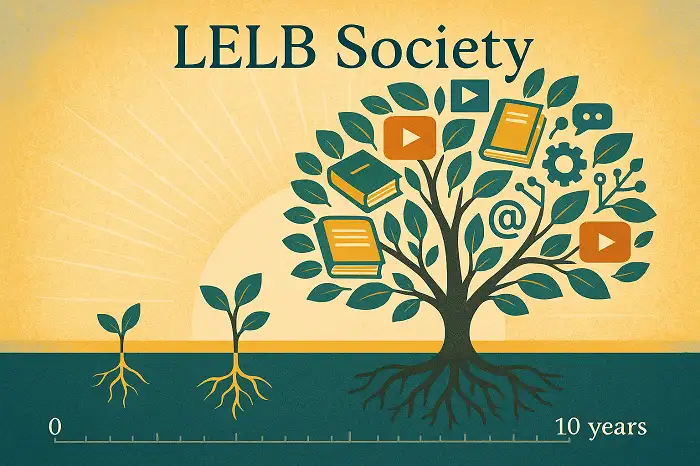Table of Contents
The important factor of motivation in second language learning
Motivation in second language learning

Gardner’s Socio-Educational Model (with integrative motivation the key construct) was the dominant theory in early motivation research.
A social-psychological factor frequently used to account for differential success in learning a second language is motivation. This has an intuitive appeal. It makes sense that individuals who are motivated will learn another language faster and to a greater degree. And, quite clearly, some degree of motivation is involved in initial decisions to learn another language and to maintain learning (Gass & Selinker, 2008).

Williams and Burden (1997) distinguished three motivational phases:
- Reasons for doing something
- Deciding to do something
- Sustaining the effort or persisting
Similarly, Dörnyei’s process model of learning motivation for the L2 classroom distinguished a ‘pre-actional stage’ involving ‘choice motivation’, which relates closely to the idea of orientation, an ‘actional stage’ involving ‘executive motivation’, which concerns the effort the learner is prepared to invest to achieve the overall goal and which is heavily influenced by the quality of the learning experience, and a ‘post-actional stage’ involving ‘motivational retrospection’, where the learner evaluates the learning experience and progress to date and determines preparedness to continue.
No single individual difference factor in language learning has received as much attention as motivation. Gardner and Lambert’s social psychological construct of integrative motivation is absolutely important in this case.
References
- Gass, S. M., & Selinker, L. (2008). Second language acquisition: An introductory course. New York: Routledge.
- Williams, M., & Burden, R. L. (1997). Psychology for language teachers: A social constructivist approach. Cambridge: Cambridge University Press.



